Latest Articles
-
Sep- 2022 -19 SeptemberGeology
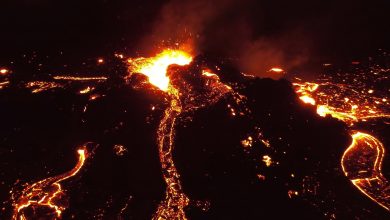
The Earth’s Newest Secret: Fundamental Changes to What We Know About How Volcanoes Work
Lead Image: Fagradalsfjall volcano in Iceland erupting at night. Recent discoveries from Iceland’s Fagradalsfjall eruptions alter what we know about how volcanoes work. Learning something that fundamentally changes how we understand our world doesn’t happen very often. But for University of California, Santa Barbara Earth scientist Matthew Jackson and the thousands of volcanologists across the globe, such a revelation has just occurred. While sampling magma from the Fagradalsfjall volcano in Iceland, Jackson and his colleagues uncovered a process far more dynamic than anyone had assumed in the two centuries that scientists have been studying volcanoes. “Just when I think we’ve…
Read More » -
18 SeptemberDNA
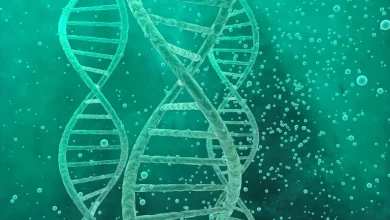
Using DNA To Convert Carbon Dioxide Into Valuable Products
Chemical engineers at MIT are using DNA to help convert CO2 into valuable chemicals. MIT Assistant Professor Ariel Furst and her colleagues are looking to DNA to help guide the process. Carbon dioxide (CO2) is a significant product of many human activities, including industrial manufacturing. It is also a major contributor to climate change. Therefore, a major goal in the energy sector has been to chemically convert emitted CO2 into fuels or other valuable chemicals. Although CO2 is available in abundance, it has not yet been widely used to generate value-added products. Why not? One of the main reasons is…
Read More » -
18 SeptemberDisease
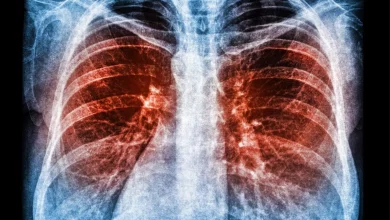
Scientists Thought a Bacteria Was Harmless – They Were Wrong
Lead Image: Scientists have discovered that a type of bacteria is not as harmless as previously thought. It can actually cause infections in patients with bronchiectasis, asthma, and chronic obstructive pulmonary disease (COPD). An international study led by Singapore scientists discovers bacteria previously thought harmless can worsen existing lung disease. A team of international scientists has discovered that Neisseria — a genus of bacteria that lives in the human body – is not as harmless as previously thought. In fact, it can cause infections in patients with bronchiectasis, asthma, and chronic obstructive pulmonary disease (COPD). In a landmark study, published…
Read More » -
18 SeptemberPaleontology
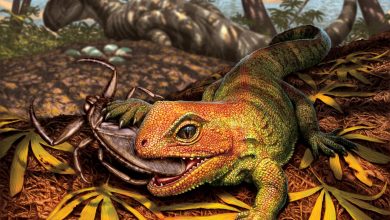
Extinct Prehistoric Reptile That Lived Among Dinosaurs Discovered by Smithsonian Researchers
Lead Image: An artistic interpretation of a newly discovered extinct species of lizard-like reptile belonging to the same ancient lineage as New Zealand’s living tuatara. The newly discovered Opisthiamimus gregori preys on a now-extinct water bug (Morrisonnepa jurassica), while in the background the predatory dinosaur Allosaurus jimmadseni guards its nest. The scene is the floodplain of a river in Late Jurassic Wyoming, approximately 150 million years ago. A team of scientists describes the new species, which once inhabited Jurassic North America about 150 million years ago alongside dinosaurs like Stegosaurus and Allosaurus, in a paper published today in the Journal…
Read More » -
17 SeptemberAstronomy
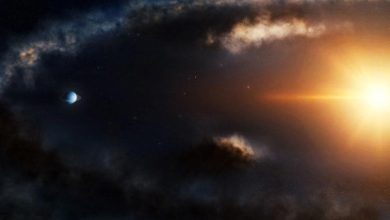
Astronomers Uncover New Evidence of Baby Planet in the Making
Lead Image: Artist’s illustration of a small Saturn-like planet discovered in the system LkCa 15. The planet resides within dense rings of dust and gas that surround a bright yellow star. Material accumulates in a clump and arc-shape, about 60 degrees away from the planet. Note: This illustration is not to scale. Credit: M.Weiss/Center for Astrophysics | Harvard & Smithsonian A new technique has been developed by astronomers to identify small planets hidden in protoplanetary disks. According to astronomers and astrophysicists, planets are born in protoplanetary disks — rings of dust and gas that surround young, newborn stars. Although hundreds…
Read More »










